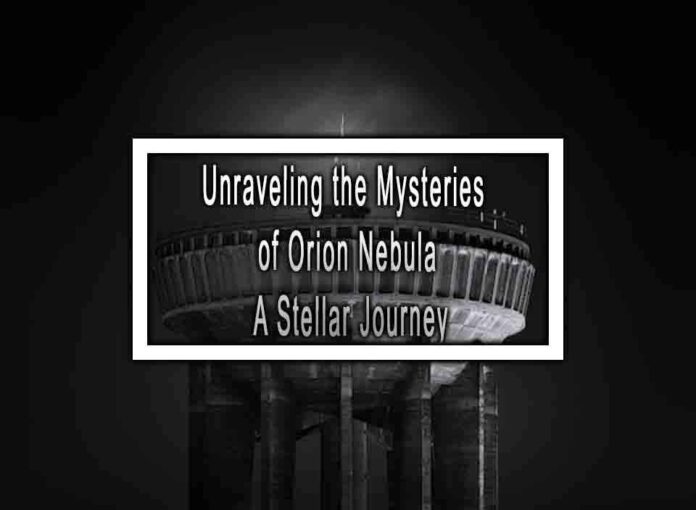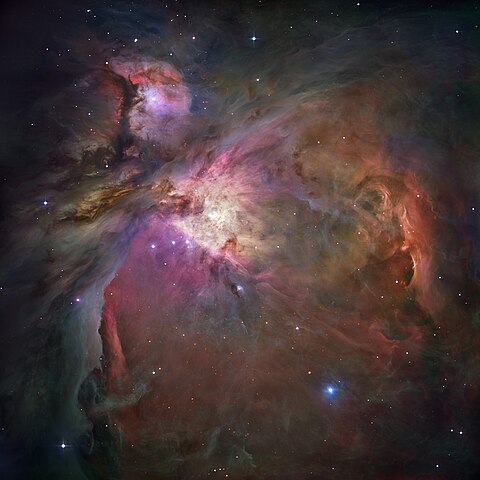The Orion Nebula, also known as Messier 42 (M42) or NGC 1976, is one of the most iconic and studied regions in the night sky. Located in the Orion constellation, this stellar nursery is a vast cloud of gas and dust where new stars are born. Unraveling the mysteries of the Orion Nebula has been a stellar journey in the field of astronomy, revealing insights into star formation, stellar evolution, and the interstellar medium. Here’s a glimpse into the secrets and discoveries associated with this celestial wonder:
1. Star Formation:
- The Orion Nebula is a stellar nursery where the process of star formation is actively taking place. It is filled with protostars, young stars, and even more evolved stars. Studying this region provides crucial insights into how stars are born from dense molecular clouds.

2. Protostars and Protoplanetary Disks:
- Within the Orion Nebula, astronomers have identified numerous protostars—objects in the early stages of star formation. Some of these protostars are surrounded by protoplanetary disks, which are believed to be the precursors of planetary systems.
3. The Trapezium Cluster:
- At the heart of the Orion Nebula lies the Trapezium Cluster, a tight group of hot, young stars that formed from the same molecular cloud. The intense radiation and stellar winds from these massive stars have sculpted the surrounding nebula and have illuminated it, making it visible from Earth.
4. Hubble Space Telescope Observations:
- The Hubble Space Telescope has captured stunning and detailed images of the Orion Nebula, revealing intricate structures and the formation of stars within the nebula. These observations have provided invaluable data for astronomers studying star formation and the interstellar medium.
5. Stellar Feedback:
- The massive stars in the Trapezium Cluster release intense radiation and powerful stellar winds that impact their surroundings. This feedback plays a crucial role in shaping the Orion Nebula and regulating the star formation process.
6. Proplyds:
- Proplyds, short for “protoplanetary disks,” are young star systems in the Orion Nebula that are surrounded by flattened disks of gas and dust. These structures are potential sites for planet formation.
7. Stellar Evolution:
- Observations of the Orion Nebula have provided insights into various stages of stellar evolution, from protostars and pre-main-sequence stars to young main-sequence stars. The nebula offers a natural laboratory to study these phases.
8. Distance Determination:
- The Orion Nebula is relatively close to Earth, making it a crucial object for calibrating astronomical distance measurements. Its distance, estimated at about 1,350 light-years, serves as a reference point for other objects in the Milky Way and beyond.
9. Public Engagement:
- The Orion Nebula is a popular target for amateur astronomers and stargazers. Its prominent location in the winter sky and its stunning appearance make it a favorite for public outreach and education efforts in astronomy.
The Orion Nebula continues to be a rich source of scientific discovery and inspiration for astronomers and enthusiasts alike. It serves as a reminder of the ongoing processes of star formation and evolution that shape our galaxy and the universe.











